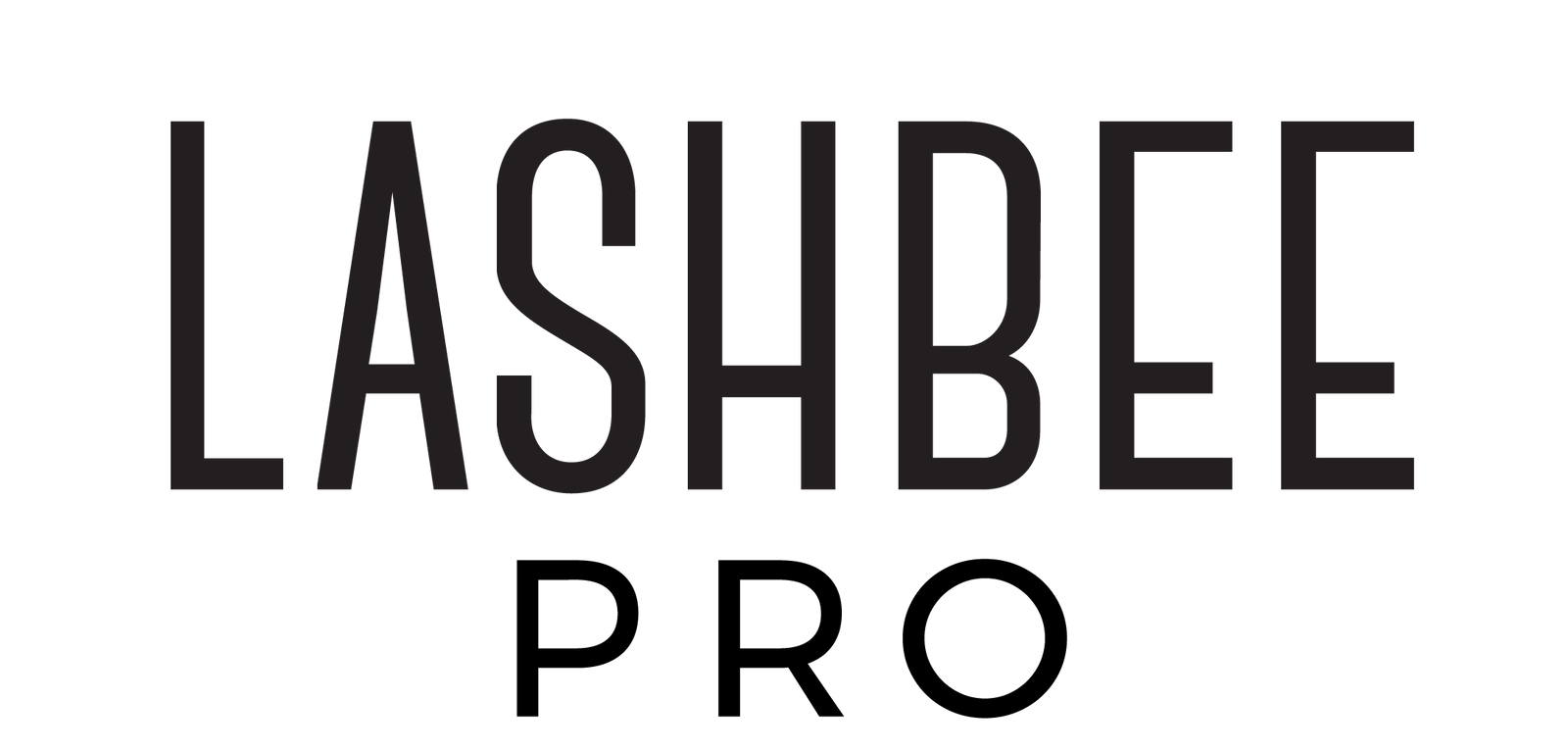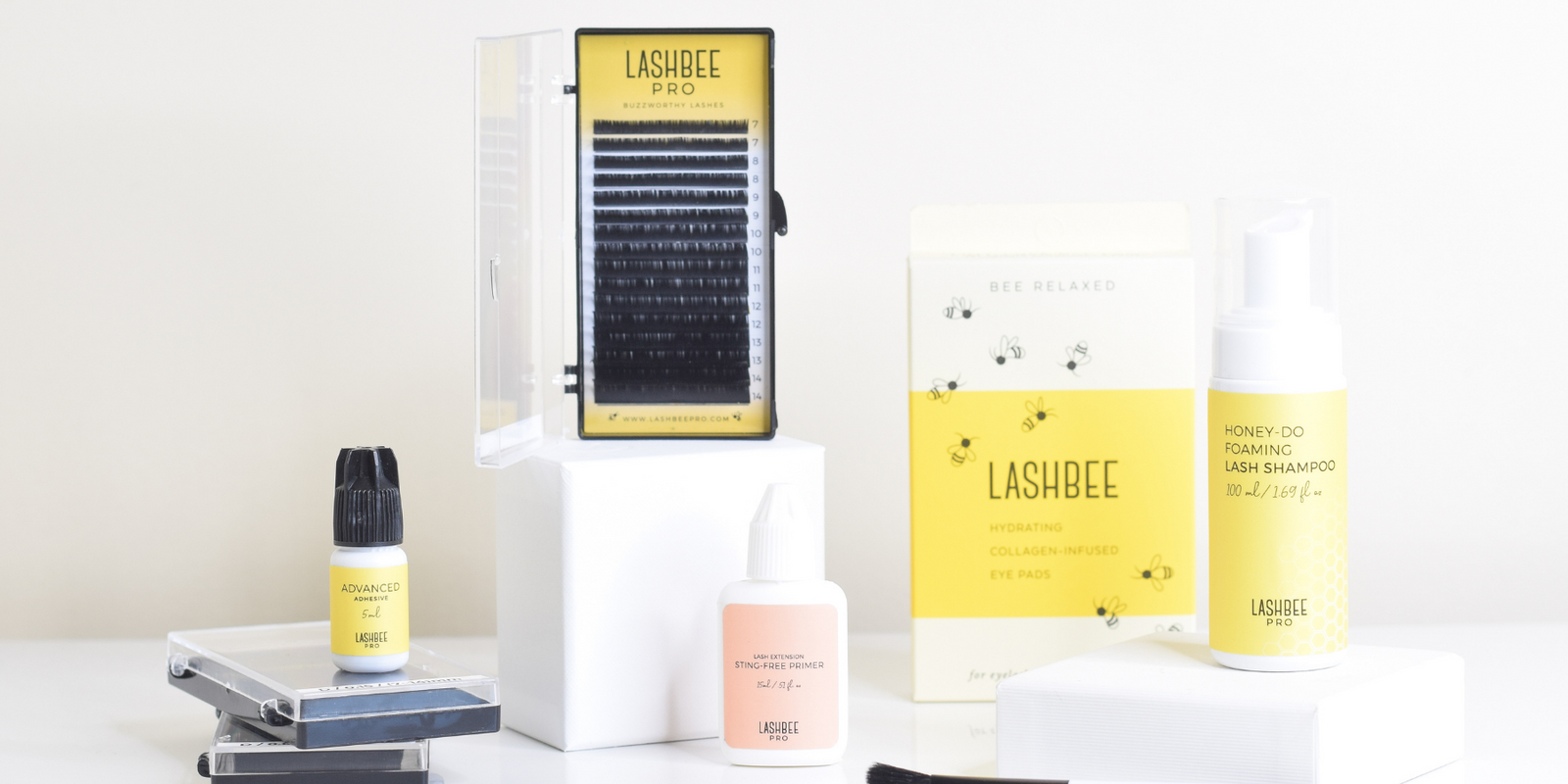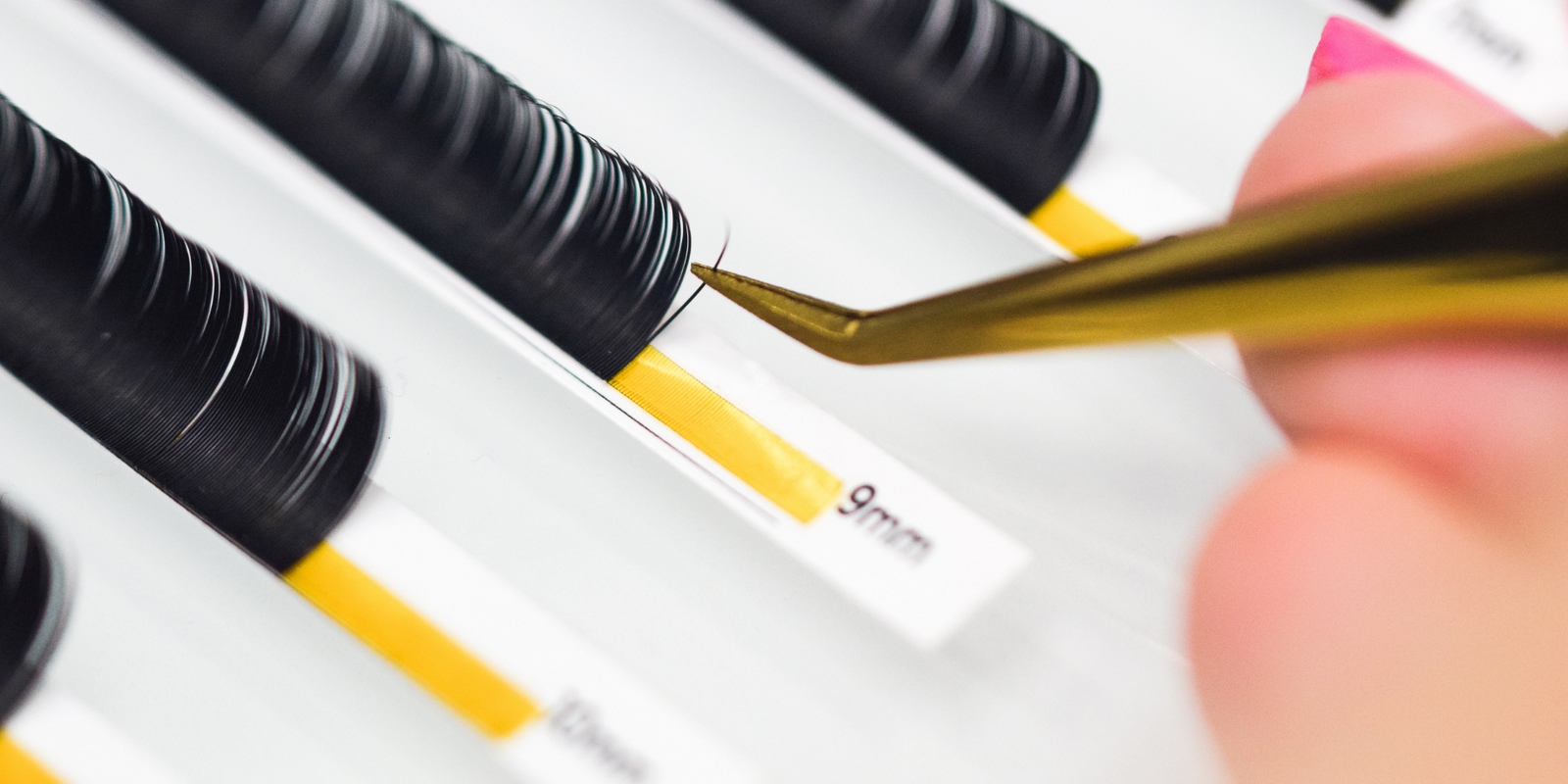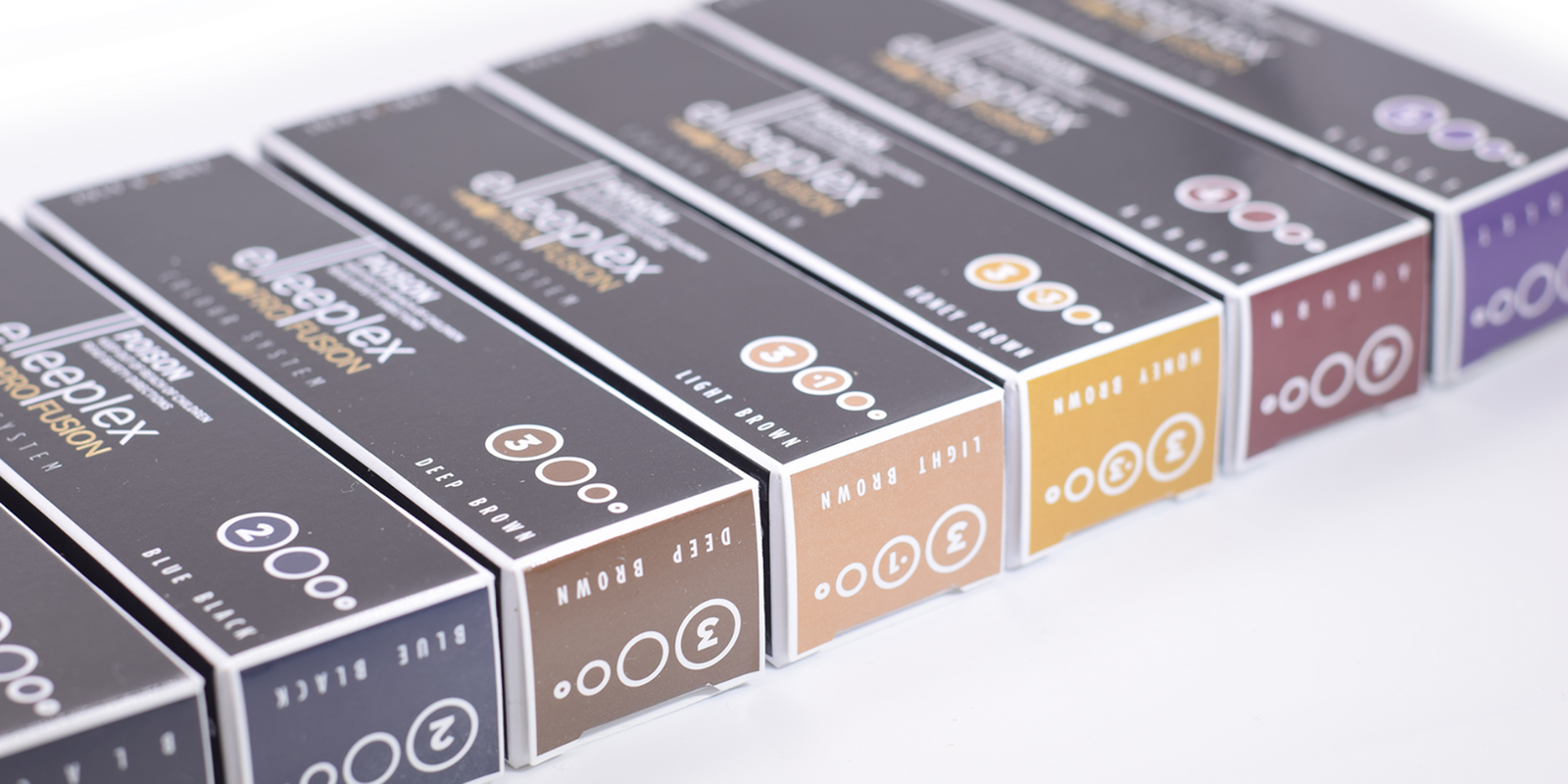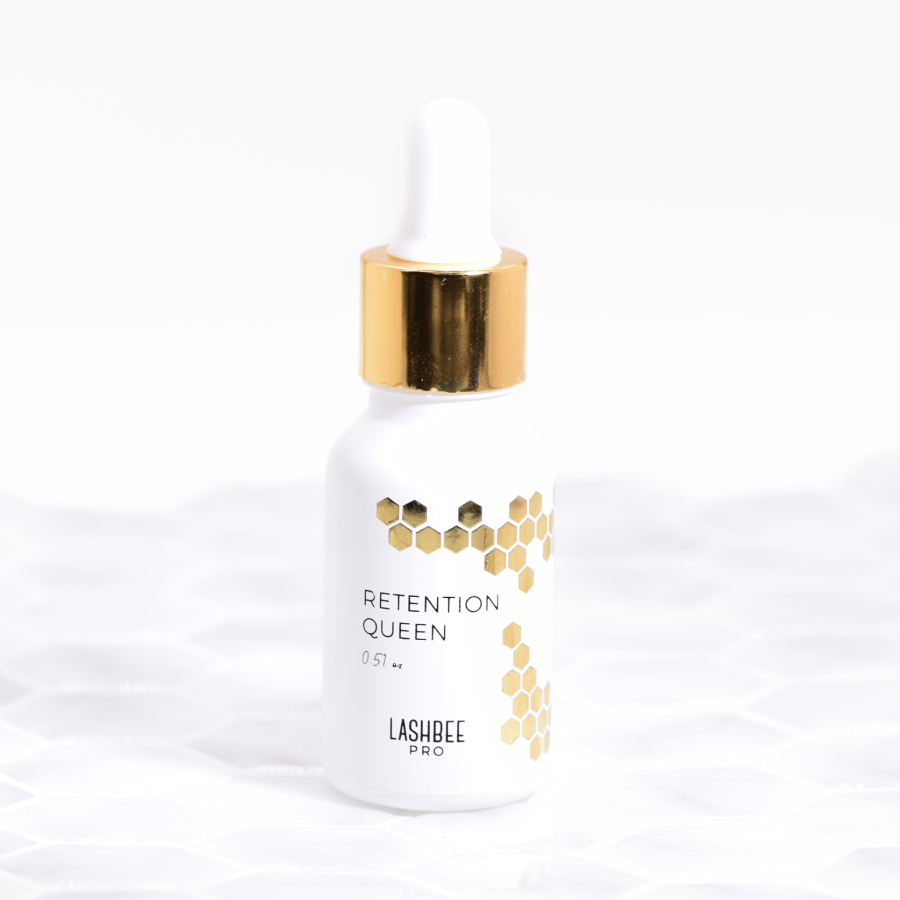Troubleshooting Common Lash Lift Issues
Being solution-based and prepared to handle dilemmas in the moment is what makes or breaks a good lash artist. When it comes to lash lifts, things won't always go according to plan and we may face some tricky situations. Certain key factors can impact how your lash lift turns out. Luckily you can correct most issues with no permanent damage to your client's lashes. If you've run into any of these issues, LashBeePro is here to help!
Adhesive Issues- Gluing uncooperative lashes that keep popping off the rod can be frustrating. This occurrence may be a sign to check expiration dates and grab a new adhesive. The cap should be secured tightly with the bottle upright in a cool, dry area when storing your adhesive. Apply the proper amount of adhesive section by section but if you think you put too much, try using a Y comb to scrape some of it off. For stubborn lashes in need of extra adhesive, you can apply with a microswab and press the lashes up in place until dry. For the most defiant lashes, you can de-tack micropore tape to tape down the tip of the lashes to the rod.
Rod Slipping - If the client's eyes are not cleaned and prepped correctly, dirty or oily eyelids can cause the rod to lift even with quality adhesive. You need to do your best to finish the service to avoid accidentally pulling their lashes out. If you still face trouble, a good tip is to place tape across the eye to apply the adhesive and the rod. Using tape will give you more control, not to mention easier clean-up! You may also want to trim the rods to fit clients with smaller eyes where the corners won't lay flat. Taping lids of clients with hooded eyes will help give a clearer view of the lash line and help with your rod placement.
Uneven - Lashes can turn out uneven with poor rod placement or if adhesive gets left behind. The rod should be as close to the lash line as possible or only the tips of the lashes curling. Be sure to use ample adhesive to ensure it stays put throughout the service. If you haven't placed the rod close enough to the lash line and there's a skin gap, the lift will be extremely weak in some areas or all together. Be extra thorough with your prepping before setting up the lashes onto the rod.
Overcurled - When lashes over-curl after a lash lift, it most likely means you didn't clean the adhesive thoroughly. Leaving any residue behind will result in the lash taking on a new shape as the adhesive dries. You'll take a cotton swab to the lashes with your preferred cleanser and follow up with the nourishing lotion. Choosing the right rod size is also critical because of the variety of lash lengths, curls, and growth direction. Larger sizes give more of a natural lifted effect, whereas smaller ones create that dramatic lash-curler effect that may not suit everyone.
Fused - To attempt fixing lashes that have become fused, try a keratin lash lift. The perming agent used in keratin lash lifts, cysteine, will smooth the hairs out by gently lifting and separating them. The lashes will now be hydrated and strengthened. It's wise to wait a few weeks before using the original lash lift on your client again. That way, they can give their lashes a break in between chemical processes. Most times, it's better if your clients ride it out until their lashes are grown back to normal.
Crisscrossed - Lashes can accidentally get laid down over one another when any adhesive is left behind before the second solution is applied. To avoid this, separate your client's lashes into three sections to carefully apply the adhesive. Pull the hairs up over the rod straight up and down, then pause for a moment before you go through them with a metal isolation tool to straighten any crooked lashes. Because the lashes may have shifted after applying the second solution, be sure to touch up any lashes out of place with your isolation tool before cleaning off the rod. If you're using cling wrap in your services, be sure that no solution migrates to the tips of the lash and that lashes don't get repositioned.
No Lift - Even with good prep and proper application techniques, rushing through a lash lift service can yield no results. It's crucial to pay extra attention to your rod placement, how you're gluing the lashes, and solution application. The lashes will not absorb ingredients correctly if steps 1 and 2 get removed prematurely. You're able to re-lift for half the time of the initial processing times or wait a week before trying again using your best judgment to preserve the integrity of their lashes. If your client's lift drops in a day or two, find out if the lashes got wet, were exposed to heat, slept on, or if they excessively rubbed their eyes. It might also be simple as too short of a processing time, which you can now note to leave the solution on for a bit longer.
Overprocessed - Overprocessing client's lashes is reversible, but only partially. When applying solution, keep the product localized in the midsection of the lash, avoiding the tips as they're much finer and prone to overprocessing. Depending on the density of the client's lashes, you should use a timer to prevent leaving the lift on too long and implement the specific process time requirements. If your lift results in overprocessing, take a clean mascara wand with perm solution and brush out the curly lashes best you can. Add more solution as you go until the lashes straighten out after a few minutes. Use a cotton pad to remove the solution very gently but entirely. With a new mascara wand, brush nourishing oil from base to tip through the lashes. Alternatively, your client can let their lashes naturally grow back out.
Client Reaction - As popular as lash lifts are, they aren't without risk. The only fool-proof way to ensure your client won't have an adverse reaction is to have them fill out a consent form and conduct a 24 - 72 hour patch test; this will also protect you from liability. You'll need to ask your client to be transparent with you about allergies and sensitivities to make sure a lash lift is a good fit. Although it's rare, clients can experience skin irritation or become swollen due to chemicals in the solutions or having particular skin and eye conditions. If your client calls about a reaction, advise them to rinse their eyes with saline, take an anti-histamine and apply a cold compress. They should monitor their condition for the next 48 hours but need to seek medical attention if there's no improvement.
Lash lift issues can be an easy fix and some require more problem-solving, but knowing how to handle them will keep you ahead of the game and boost your lash pro cred. Have you tried these remedies for any of your lash lifts or have one we didn’t mention? We’d love to hear it! Send us an email at hi@lashbeepro.com
Jumpstart your lash career virtually with our comprehensive online Classic training course, complete with kit, manual, and interaction with our expert trainers.
Group Training
For our hands-on learners, we offer small group training sessions at our Philadelphia headquarters. This course will give you the skills, knowledge and one-on-one support from our training team you need to launch a career in lash artistry while working alongside other industry professionals.
Private Training
For those who prefer to learn on their own, we offer private one- and two-day training, available at our Philadelphia headquarters or your own location. Classic and Volume classes available.

